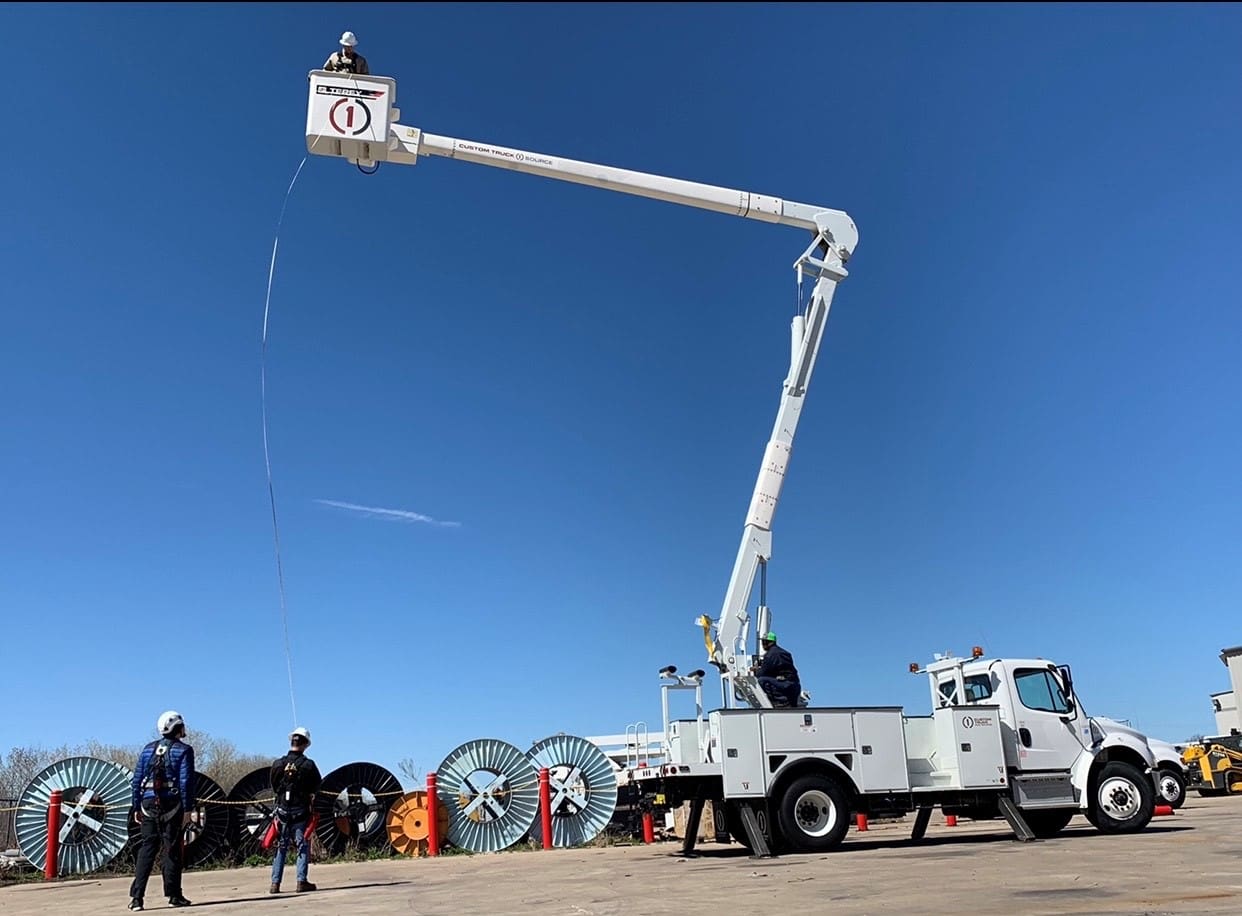
When handling heavy equipment, it goes without saying that safety – for both operators and the machinery itself – is the single most important factor to consider. Merely fulfilling the OSHA and ANSI stipulations to ensure your digger derricks and aerial devices are in good working can prove to be a very expensive mistake that costs lives or yields enormous repair expenses in the long run.
To help you avoid the pitfalls of a not-thorough-enough annual inspection, we’re listing 8 common factors that equipment-owners often ignore:
# 1: Worn/Misplaced Safety And Operational Decals
Arguably, the most underrated aspect during aerial devices and digger derricks annual inspections is the condition of safety and operational decals. However, truth is they play an important role during daily operations, especially hand signal charts, since they help operators to communicate effectively. Continuous exposure to different weather conditions degrade decals until they finally become hazy and unreadable. During the next annual inspection, don’t forget to replace decals as necessary to avoid OSHA violations.
# 2: Neglected Oil Filter Changes
Surprisingly, although most operators understand the importance of a timely change of oil filters, this is still one of the most neglected form of maintenance of all. Similar to the engine oil filter, hydraulic oil filter ensures that internal parts are free from abrasive particles. Do not ignore this simple preventive maintenance, as it is crucial to avoid costly repairs in the future.
# 3: Improper Hydraulic Oil Levels
Since aerial devices and digger derricks are 90% hydraulic-driven, it should come as a surprise that the oil has to be maintained at an optimal level at all times. However, the simplest tasks are those that are usually ignored. To avoid the hydraulic system being seriously damaged, frequent oil level checks are strongly advised. Never skip this point during your next annual inspection.
# 4: Thorough Inspection Of Winch Ropes
This inspection point is often overlooked because of an improper understanding of its purpose. The condition of the winch cable is checked visually on a daily basis, and that makes operators believe that thorough examination is unnecessary during the annual inspection. Yet, truth is that visual inspection is not enough to determine rope condition. According to OSHA 1926.1413 standard, a manual check of the winch rope is the only way to guarantee operators’ safety.
# 5: Proper Rotation Bearing Torque
Checking rotation bearing bolts torque is easy but tedious. That explains the propensity to skip this task during the annual inspection process. However, an incorrect torque can lead to rotation bearing failure due to excessive force applied to its fasteners. It’s advised to patiently check each bolt torque following manufacturer specifications to avoid unwanted downtime and costly repairs due to bearings damage.
# 6: Rotation Bearing Deflection Test
Checking deflection on the rotating bearing is as important as verifying the torque of its bolts. Excessive deflection may be a sign of rotating bearing internal wear, thus it is crucial to investigate and detect it in a timely manner to prevent accidents. Due to the nature of this test, it is also important to measure shaft deflection and axial play according to the manufacturer’s specific instructions.
# 7: Leveling Chain Tension Check
The tension of the leveling chain on aerial devices should be as close to its specification as possible to avoid unnecessary wear and/or damage. Moreover, if chain tension isn’t within a certain threshold it could negatively affect the bucket’s self-leveling and thus pose a security risk to operators.
# 8: Faulty Bucket Liner
Bucket liner damage produced during daily usage can affect its dielectric strength. It is always a good idea to perform a careful inspection of the liner looking for cracks, dings, or any other sort of damage that could potentially impact its structural integrity. Take your time to complete this verification and thus ensure proper operation of the bucket and compliance with dielectric standards.



